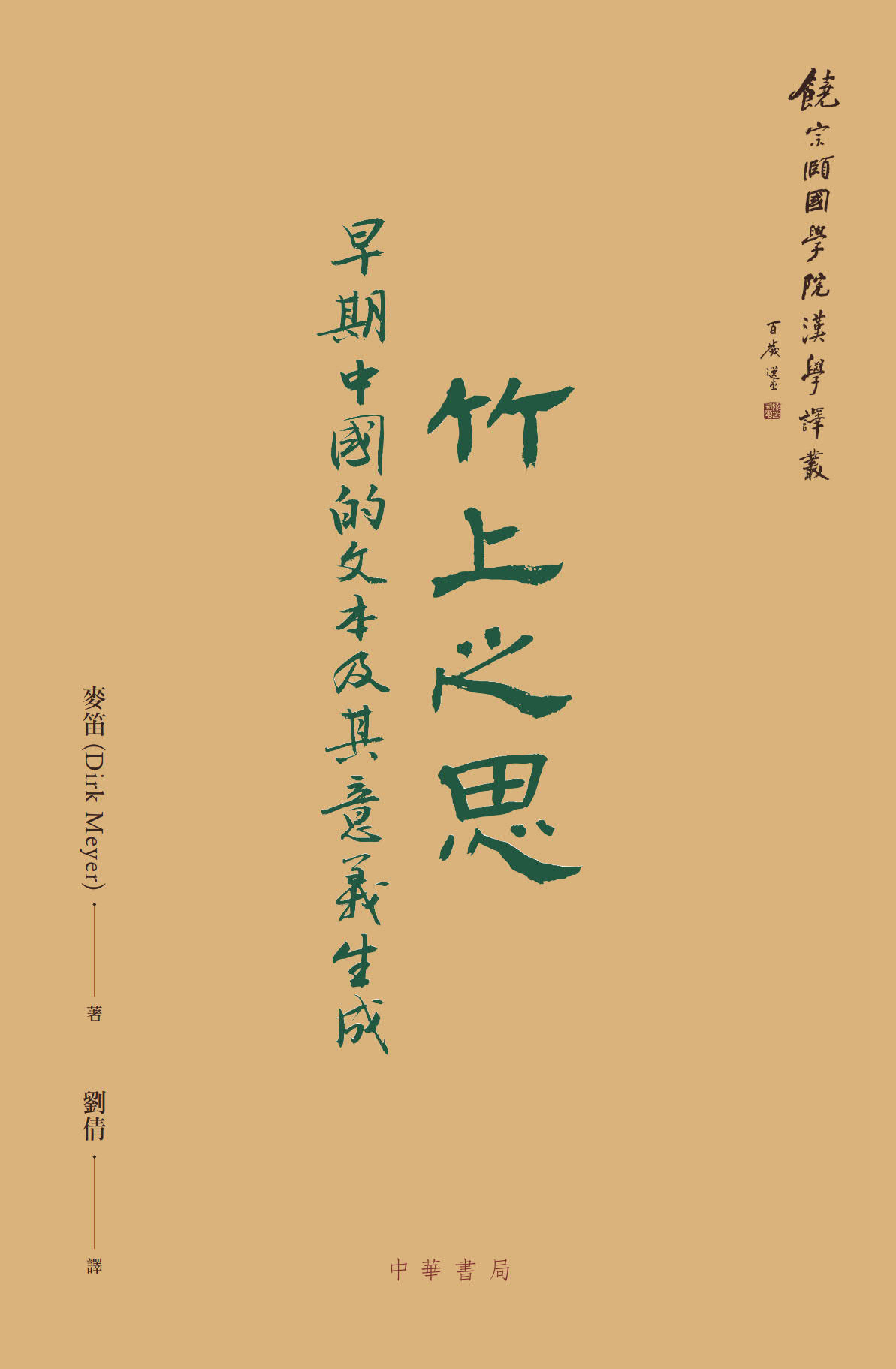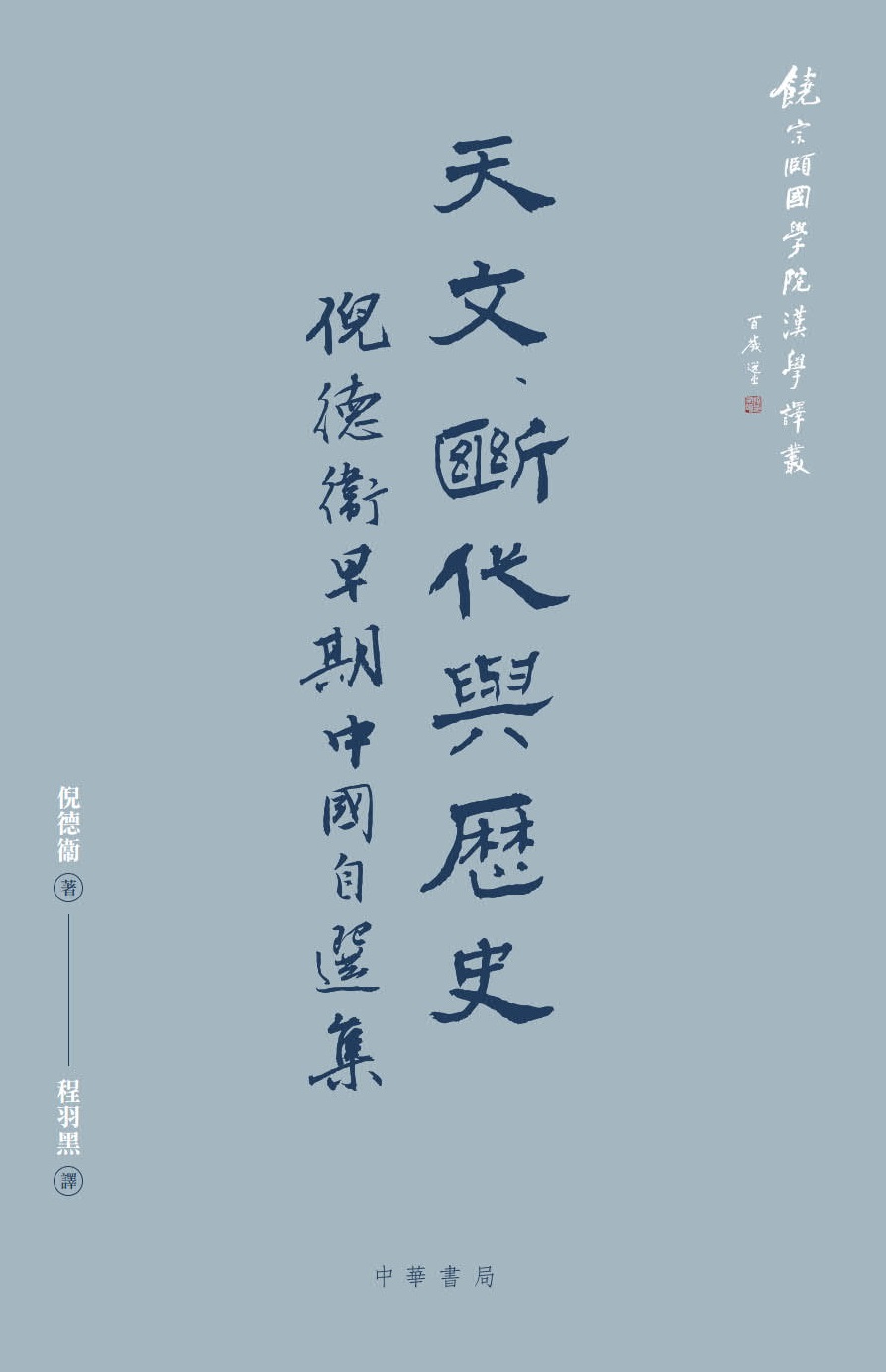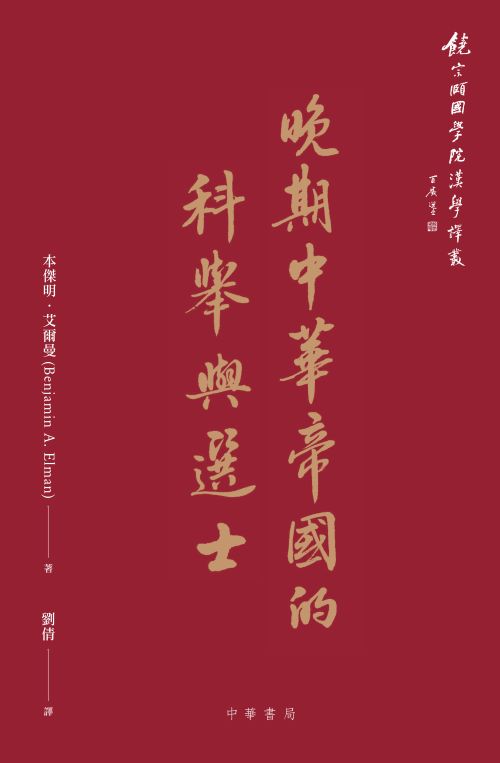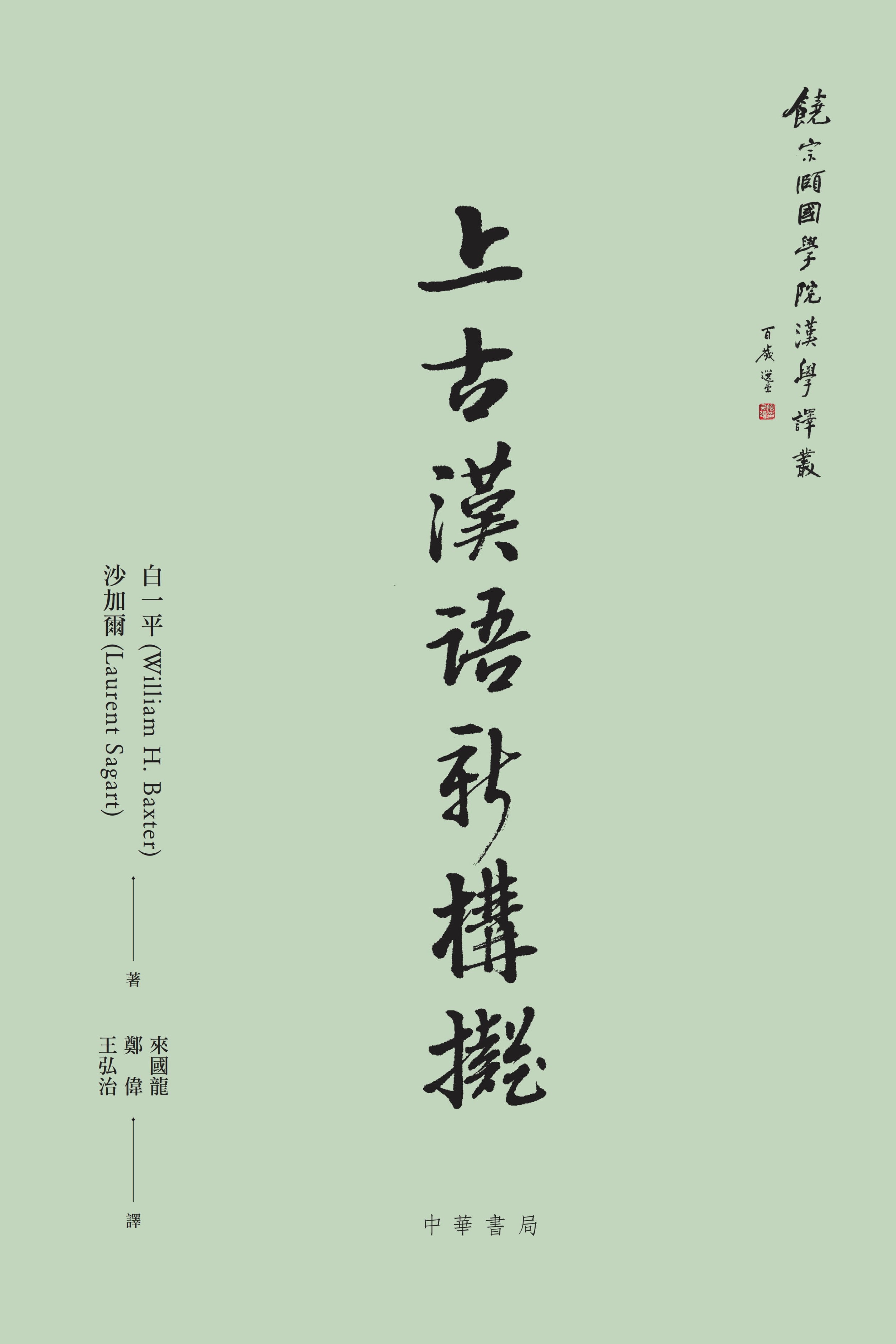To encourage international academic exchange and promote communication between Chinese scholars and sinologists around the world, the Jao Tsung-I Academy of Sinology plans to publish theJAS Global Sinology in Translation, presenting the Chinese translation of articles and books from eminent western Sinologists and promising young talents. We hope that the collection can reach many readers in greater China.

This is the Chinese translation of the 2011 monograph written by Dirk Meyer, The Queen’s College, Oxford.Scholarship on early Chinese thought has long treated texts as mere repositories of ideas rather than as meaningful objects in their own right. Not only does this approach present an idealised account of China’s intellectual past, it also imposes artificial boundaries between textual and philosophical traditions. As the first to treat text as a cultural phenomenon, this study demonstrates the interplay between the material conditions of text and manuscript cultures, writing, and thought during the Warring States period. Through close readings of the philosophical texts from Guodian, it analyses the crucial strategies of meaning production and casts light on the way in which different communities used texts for philosophical ends. Meyer thus establishes new understandings of the correlation between ideas, their material carrier, and the production of meaning in early China.

The anthology Selected Works of David Nivison on Early Chinese Chronology, Astronomy, and Historiography is the Chinese translation of The Nivison Annals: Selected Works of David S. Nivison on Early Chinese Chronology, Astronomy, and Historiography. Arranged according to the year of publication in ascending order, this volume contains 24 articles by Professor Nivison since 1983, covering diverse topics from astronomy, calendars to oracle bone inscriptions and early historical literature. But all of his research on astronomy, oracle bone inscriptions, and historical manuscripts can be connected by the single thread of chronology. One of Professor Nivison’s most prominent achievements in chronology is employ archaeo-astronomical methodology in dating the founding year of the Zhou dynasty, and by the extension, reconstructing the chronology of the entire Western Zhou, while the former is possible only after his work on the latter was completed. Professor Nivison attached great importance to ancient historical materials and put them under the same scale for measurement. This is in line with his research philosophy, which is to start with the method of philosophical analysis and put forward the best reasoning for all the arguments as a whole. Through this self-anthology, readers can see how Professor Nivison combed through every single detail when analyzing raw materials and eventually proposed ground-breaking theories to the so-called “resolved cases.”
The last article in the anthology “Important Discoveries and Bad Mistakes” was written on September 5, 2014, just a few weeks before the passing of the great Sinologist. Professor Nivison dedicated his whole life to research and rest only when his body gave out. As he wrote at the end of the said article, “Every error you make, when you correct it leads you to a new discovery.”

Professor Benjamin A. Elman, who has taught at the University of California, Los Angeles and Princeton University respectively, is one of the most revered scholars in contemporary sinology. Civil examinations and meritocracy in late Imperial China (晚期中華帝國的科舉與選士) is a monograph published by Prof. Ehrman in 2013, which seeks to construct a theoretical narrative system of the distinctive features of the civil examination system in the Ming and Qing dynasties from a broad cultural perspective.
The civil examination system was vital to the operation of the vast socio-political system of late imperial China and was also one of the circumstances where the court and scholars interacted most closely. With a methodical analysis of the civil examination system, the book looks into the rise and fall of the system from its cultural nexus to its political, cultural and economic origins. It is of great significance for further research into the history of China’s institutions and even the history of the world.

